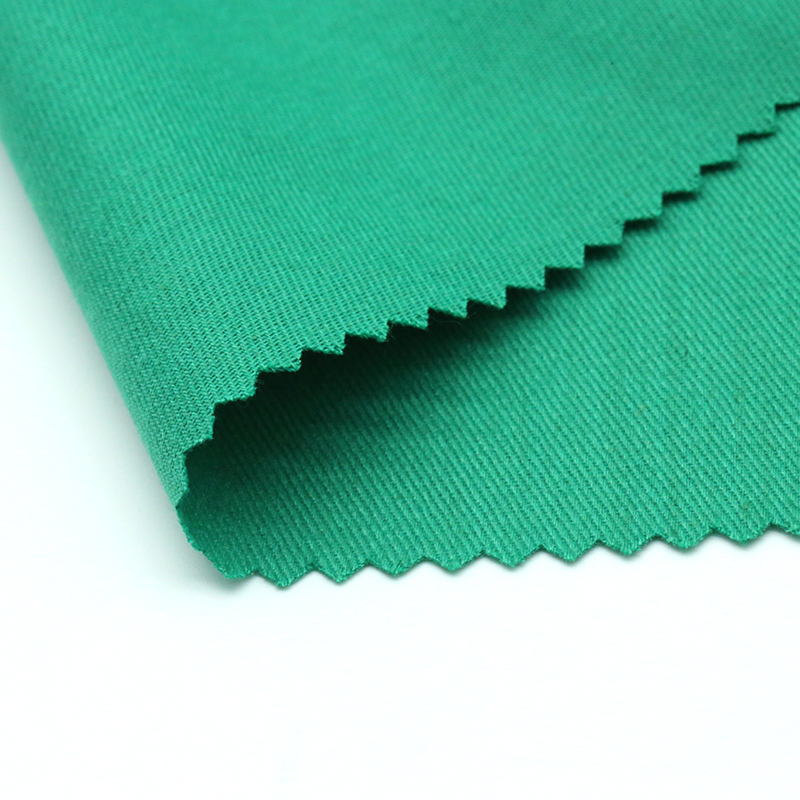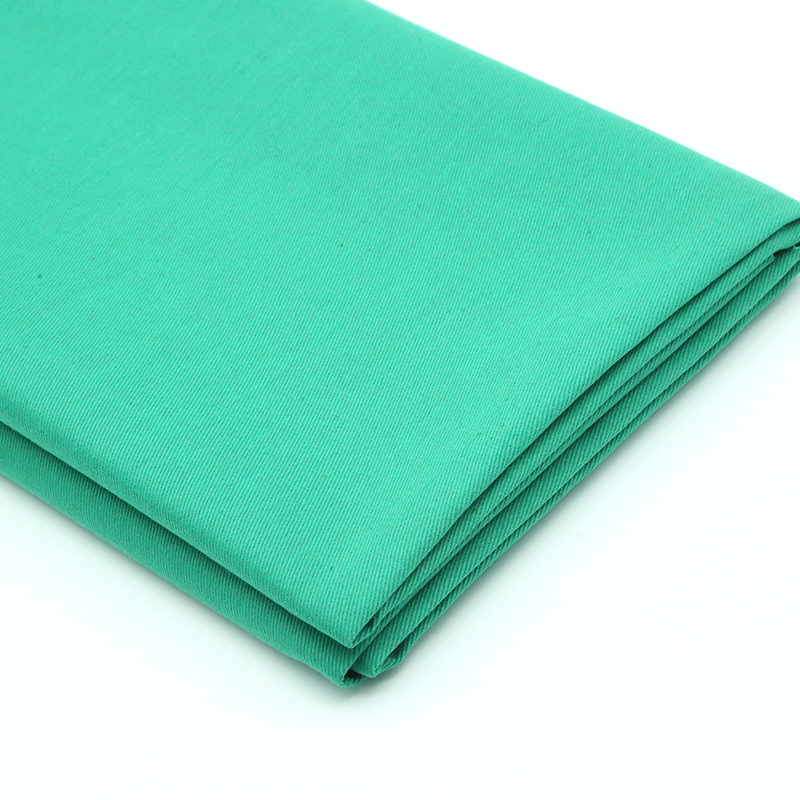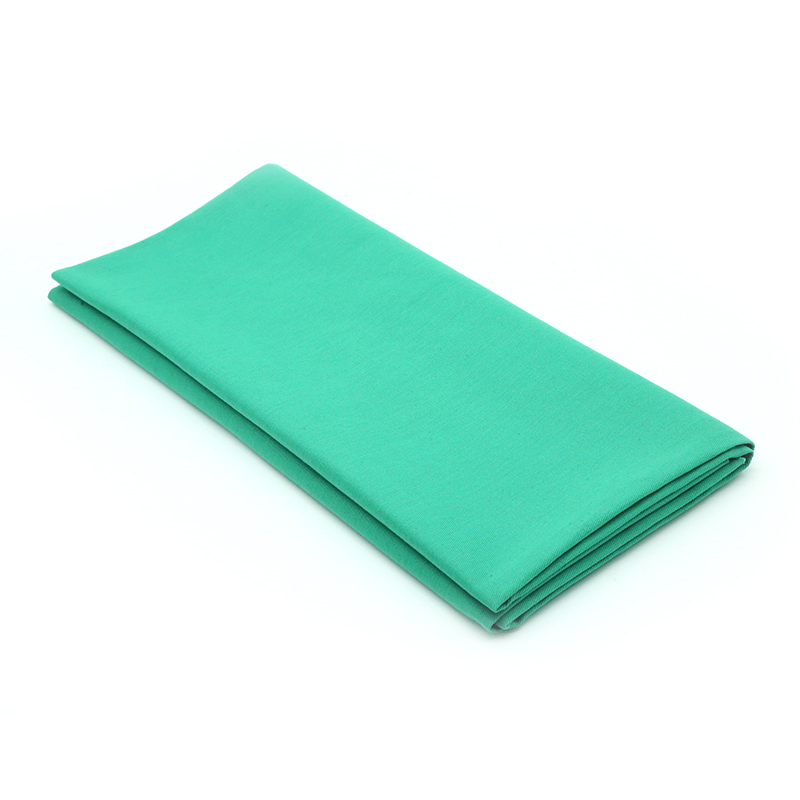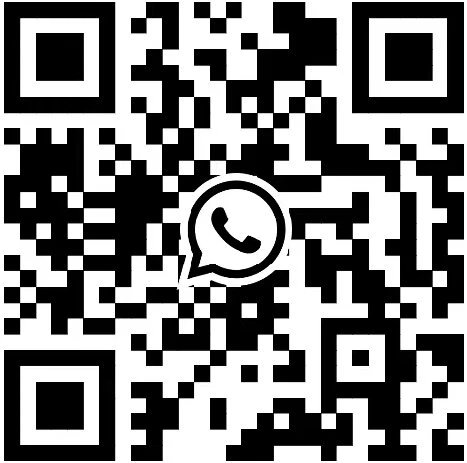Nonwoven for Medical: Sterile, Safe Surgical & Healthcare Fabrics
The Imperative Role of nonwoven for medical Applications
The medical sector demands materials that offer unparalleled hygiene, performance, and safety. In this context, nonwoven for medical applications have emerged as a critical innovation, revolutionizing everything from surgical drapes to wound care. These engineered fabrics, distinct from traditional woven textiles, provide unique advantages in terms of barrier protection, absorbency, breathability, and cost-effectiveness. The increasing global focus on infection control and the escalating demand for disposable medical products have further accelerated the adoption of nonwoven fabric medical solutions across hospitals, clinics, and emergency services worldwide. This article delves into the technical intricacies, vast applications, and strategic advantages offered by these advanced materials, providing a comprehensive overview for B2B decision-makers and technical professionals.
Industry trends indicate a sustained growth trajectory for nonwoven medical textiles, driven by advancements in polymer science, manufacturing technologies, and evolving regulatory standards. The global medical nonwovens market size was valued at approximately USD 7.8 billion in 2022 and is projected to reach USD 13.5 billion by 2030, growing at a CAGR of 6.5%. This expansion is largely attributed to the rising prevalence of chronic diseases, an aging global population, and heightened awareness regarding healthcare-associated infections (HAIs). These factors underscore the critical importance of selecting high-performance, compliant nonwoven materials that meet stringent safety and efficacy requirements.

Figure 1: Advanced nonwoven materials for critical medical applications.
Detailed Manufacturing Process of Medical Nonwovens
The production of nonwoven for medical applications involves several sophisticated processes designed to impart specific functional properties. Unlike traditional textiles that interlace yarns, nonwovens are manufactured by bonding or interlocking fibers through mechanical, thermal, or chemical means. The choice of raw materials and manufacturing method directly influences the fabric’s strength, breathability, fluid resistance, and haptic properties.
Key Materials
- Polypropylene (PP): Most common due to its excellent barrier properties, chemical resistance, and cost-effectiveness. Ideal for surgical gowns, drapes, and sterilization wrap.
- Polyester (PET): Offers good strength and dimensional stability, used in some wound dressings and filtration media.
- Rayon (Viscose): Highly absorbent and soft, often blended with other fibers for wound care or hygiene products.
- Bi-component fibers: Consist of two different polymers (e.g., PP/PE) to combine properties like strength and softness, often used in hygiene products.
- Natural fibers (e.g., Cotton): Increasingly used for their biodegradability and comfort, especially in patient care and certain wound dressings.
Manufacturing Processes (Schematic Steps)
The primary processes for producing nonwoven fabric medical materials include spunbond, meltblown, and spunlace technologies, often combined to achieve desired performance profiles.
Nonwoven Manufacturing Process Flow:
- Fiber Preparation/Extrusion: Polymer granules are melted and extruded through spinnerets to form continuous filaments (spunbond) or fine fibers (meltblown). For staple fibers (like cotton or rayon), they are opened and blended.
-
Web Formation:
- Spunbond: Extruded filaments are air-drawn and laid randomly onto a moving conveyor belt to form a web.
- Meltblown: Molten polymer is extruded through fine nozzles into a high-velocity air stream, forming extremely fine, short fibers that are collected on a screen.
- Carding/Air-laid (for staple fibers): Fibers are disentangled and aligned (carding) or dispersed in an air stream and collected randomly (air-laid) to form a fibrous web.
-
Web Bonding: The loose web is consolidated to provide integrity and strength.
- Thermal Bonding: Heat and pressure are applied (e.g., calendering or through-air bonding) to melt fibers at crossover points.
- Chemical Bonding: Binders (adhesives) are applied to the web and then dried and cured.
- Mechanical Bonding (Spunlace/Hydroentanglement): High-pressure water jets entangle the fibers, creating a strong, soft fabric.
- Needlepunching: Barbed needles mechanically entangle fibers.
- Finishing and Converting: The bonded fabric undergoes various treatments such as anti-static, anti-microbial, repellent (alcohol, oil, water), or hydrophilic finishes. It is then wound into rolls, slit, and prepared for final product manufacturing (e.g., cutting for surgical drapes or masks).
Testing Standards and Compliance
Compliance with international standards is paramount for surgical non woven materials. Key standards and regulations include:
- ISO 13485: Quality management systems for medical devices.
- AAMI PB70: Liquid barrier performance and classification of protective apparel and drapes.
- EN 13795: Surgical drapes, gowns and clean air suits, used as medical devices for patients, clinical staff and equipment.
- FDA (U.S. Food and Drug Administration): Regulations for medical devices and materials.
- ASTM F1670/F1671: Resistance of materials to penetration by synthetic blood and blood-borne pathogens.
These standards ensure products meet specific requirements for fluid resistance, barrier efficacy, particulate filtration, tensile strength, and biocompatibility, crucial for patient and healthcare worker safety.
Target Industries and Advantages
While primarily focused on healthcare, the underlying technology of medicine fabric benefits other sectors requiring high-performance filtration or barrier properties. The specific advantages demonstrated in typical application scenarios include:
- Energy Saving: Lightweight nonwovens can reduce transportation costs and facilitate easier handling compared to bulkier materials.
- Corrosion Resistance: Polymeric nonwovens are inherently resistant to many chemicals and biological agents, offering extended service life in critical environments.
- Enhanced Barrier Protection: Multi-layer SMS (Spunbond-Meltblown-Spunbond) nonwovens offer superior particulate and fluid barrier properties critical for infection control.
- Cost-Effectiveness: Disposable nonwovens eliminate the need for costly laundering and sterilization processes associated with reusable textiles.

Figure 2: Quality control in nonwoven medical fabric production.
Technical Specifications and Performance Parameters
The performance of nonwoven for medical applications is characterized by a range of technical specifications, ensuring suitability for critical healthcare environments. These parameters are crucial for differentiating material capabilities and making informed procurement decisions.
Typical Product Specification Table: SMS Nonwoven Fabric
SMS (Spunbond-Meltblown-Spunbond) nonwovens are multi-layered fabrics offering excellent barrier properties, frequently used in high-performance medical applications.
| Parameter | Unit | Typical Range (Medical Grade) | Test Standard |
|---|---|---|---|
| Basis Weight | gsm | 15 - 80 | ISO 536 |
| Tensile Strength (MD) | N/5cm | > 50 - 150 | ISO 9073-3 |
| Tensile Strength (CD) | N/5cm | > 30 - 100 | ISO 9073-3 |
| Hydrostatic Head (Fluid Resistance) | cm H2O | > 50 - 200 | ISO 811 |
| Air Permeability | L/(m²·s) | 50 - 500 | ISO 9237 |
| Particle Filtration Efficiency (PFE) | % | > 95 - 99.9 | ASTM F2299 |
| Bacterial Filtration Efficiency (BFE) | % | > 95 - 99.9 | ASTM F2101 |
| Surface Resistivity | Ohms/sq | 10^9 - 10^12 | ASTM D257 |

Figure 3: Advanced nonwoven medical fabric in production.
Application Scenarios and Technical Advantages
The versatility and performance characteristics of nonwoven for medical applications enable their use across a vast array of healthcare products. Understanding these specific applications and the inherent technical advantages is crucial for effective product development and supply chain management.
Key Application Scenarios
- Surgical Drapes and Gowns: Utilizing SMS or spunbond fabrics treated for fluid repellency, these provide effective barriers against liquids, bacteria, and particles. They are essential for maintaining a sterile field during operations.
- Sterilization Wrap: High-strength, breathable spunbond nonwovens are used to package medical instruments for sterilization (e.g., ethylene oxide, steam). Their controlled porosity allows sterilant penetration while maintaining sterility post-process.
- Face Masks and Respirators: Meltblown nonwovens are the critical filtration layer in surgical masks and N95 respirators, capturing microscopic particles and pathogens with high efficiency (BFE and PFE > 95%).
- Wound Dressings: Soft, absorbent, and breathable spunlace or air-laid nonwovens are ideal for direct contact with wounds, facilitating healing while providing protection.
- Non Woven Surgeon Cap and Shoe Covers: Lightweight spunbond fabrics offer basic barrier protection, preventing hair and skin particulates from contaminating sterile environments.
- Non Woven Hospital Bed Sheets and Pillow Covers: Disposable, hygienic, and comfortable nonwovens enhance patient care, particularly in high-turnover areas or during outbreaks, reducing cross-contamination risks.
- Incontinence Products: Superabsorbent polymers (SAPs) integrated into nonwoven structures form the core of adult diapers and hygiene products, offering superior fluid management.
Technical Advantages of Medical Nonwovens
The engineering of surgery fabric delivers distinct advantages over traditional textiles for medical use:
- Superior Barrier Protection: Fine fiber structures and multi-layer composites (e.g., SMS) create effective barriers against liquids, bacteria, and viral particles, crucial for infection control.
- Controlled Absorbency/Repellency: Nonwovens can be engineered to be highly absorbent (e.g., wound dressings) or highly repellent (e.g., surgical drapes), tailoring functionality to specific needs.
- Breathability and Comfort: Despite barrier properties, many medical nonwovens allow air and moisture vapor to pass through, reducing heat stress and improving user comfort.
- Lint-Free Properties: Minimized linting is critical in sterile environments to prevent contamination of wounds or instruments.
- Cost-Effectiveness and Disposable Nature: The single-use nature of most medical nonwovens eliminates laundry and re-sterilization costs, improving operational efficiency and reducing cross-contamination risks.
- Customizability: Nonwoven manufacturing allows for precise control over grammage, fiber blend, porosity, and finishing treatments, enabling highly customized solutions for diverse medical requirements.

Figure 4: Diverse applications of nonwoven fabrics in healthcare.
Vendor Comparison and Customized Solutions
Selecting the right supplier for nonwoven for medical materials is a strategic decision that impacts product quality, compliance, and supply chain reliability. A thorough evaluation of vendor capabilities and their approach to customized solutions is essential.
Key Vendor Comparison Criteria
| Criterion | High-Tier Vendor (Example) | Mid-Tier Vendor (Example) |
|---|---|---|
| Certifications | ISO 13485, FDA, CE Mark, USP Class VI Biocompatibility | ISO 9001, basic medical compliance (country-specific) |
| R&D Capabilities | Dedicated R&D team, material science expertise, custom polymer development, patent portfolio | Basic product modification, process optimization |
| Product Range | Comprehensive range (spunbond, meltblown, SMS, spunlace, composites), specialized finishes | Standard spunbond/meltblown, limited finishes |
| Quality Control | In-house testing labs, statistical process control (SPC), batch traceability, continuous monitoring | Third-party testing, basic visual inspection |
| Customization | Full custom fabric development, specific property tuning (e.g., enhanced softness, specific barrier level, custom color) | Adjustments to weight, width, standard finishes |
| Supply Chain Security | Redundant production lines, global distribution network, robust inventory management, raw material sourcing diversity | Single production site, regional distribution |
Customized Solutions for Evolving Needs
The medical landscape is constantly evolving, requiring nonwoven for medical solutions that can adapt to new challenges and specific application demands. Leading manufacturers offer comprehensive customization capabilities to meet these needs:
- Material Blending and Composition: Tailoring polymer blends (e.g., PP/PE bi-component fibers) to achieve specific combinations of strength, softness, and melt integrity.
- Weight and Thickness Adjustments: Optimizing basis weight (gsm) to balance barrier properties, breathability, and cost for items like surgical drapes or non woven hospital bed sheets.
- Surface Treatments and Finishes: Applying hydrophilic, hydrophobic, anti-static, anti-microbial, or alcohol/oil repellent finishes to enhance functionality. For instance, specific finishes can make surgical gowns more comfortable or enhance liquid barrier.
- Bonding Techniques: Utilizing different bonding methods (thermal, chemical, spunlace) to achieve desired haptics, strength, and drapeability for items like wound dressings or non woven surgeon cap.
- Color and Aesthetics: While primarily functional, nonwovens can be produced in various colors for differentiation or aesthetic purposes in non-critical applications.
Effective customization involves a collaborative process, starting with a detailed understanding of the client's application requirements, performance expectations, and regulatory constraints. This partnership ensures that the final nonwoven medical textiles solution is precisely engineered for optimal performance and compliance.
Application Case Studies and Customer Experience
Real-world applications demonstrate the tangible benefits and reliability of nonwoven for medical products. Our commitment to quality and innovation has allowed us to support diverse healthcare needs with high-performance solutions.
Case Study 1: Enhanced Surgical Safety with Advanced Drapes
A major hospital group sought to upgrade its surgical drapes to minimize the risk of fluid strike-through and bacterial transmission, critical for preventing surgical site infections (SSIs). We supplied a multi-layer SMS nonwoven fabric with enhanced hydrostatic head pressure (up to 150 cm H2O) and a specialized alcohol-repellent finish. The new drapes significantly improved barrier protection, as evidenced by internal audits showing a 15% reduction in fluid contamination incidents. Surgeons reported greater confidence in the material's integrity, and procurement noted a 10% cost saving due to reduced laundry and extended-use potential compared to previous materials. This robust surgery fabric ensured a safer operating environment for both patients and medical staff.
Case Study 2: High-Volume Production of Respiratory Masks During Pandemic
During a global health crisis, a leading medical device manufacturer needed a reliable supply of meltblown nonwoven for millions of N95 respirator masks. Our rapid scaling capabilities and consistent quality control were pivotal. We provided meltblown fabric with certified Bacterial Filtration Efficiency (BFE) of >99% and Particle Filtration Efficiency (PFE) of >98%, meeting stringent international standards (e.g., EN 149, NIOSH 42 CFR Part 84). Through close collaboration and stringent adherence to lead times, we ensured an uninterrupted supply chain, enabling the manufacturer to produce millions of life-saving masks, contributing significantly to public health efforts. Our expertise in medicine fabric production was critical.
Customer Feedback (Simulated)
"Partnering with [Manufacturer Name] for our nonwoven for medical needs has been a game-changer. Their technical support is exceptional, helping us fine-tune specifications for our absorbent wound care products. The consistent quality and reliable delivery have streamlined our production and enhanced our product's market acceptance."

Figure 5: Quality assurance and final inspection of medical nonwovens.
Trustworthiness and Support: FAQ, Lead Time, Warranty
Frequently Asked Questions (FAQ)
Q: What makes your nonwoven for medical products compliant with international standards?
A: Our products undergo rigorous testing and are manufactured under strict quality management systems, including ISO 13485 certification. We adhere to relevant standards like AAMI PB70, EN 13795, and FDA guidelines, ensuring all materials meet the specified barrier, strength, and biocompatibility requirements for medical applications.
Q: Can you develop custom nonwoven fabrics for unique medical device requirements?
A: Absolutely. We specialize in customized solutions. Our R&D team works closely with clients to develop nonwoven fabrics tailored to specific grammage, fiber composition, barrier properties, haptics, and specialized finishes. From initial concept to final production, we ensure your specific technical and regulatory needs are met.
Q: What are the typical lead times for large-volume orders?
A: Lead times vary depending on the product's complexity, required customization, and order volume. For standard products, typical lead times range from 3-6 weeks. For highly customized or very large orders, we will provide a detailed timeline upon project assessment. We maintain strategic raw material reserves and flexible production schedules to optimize delivery.
Q: What is your warranty policy for medical nonwoven materials?
A: We offer a comprehensive warranty against manufacturing defects and material non-conformance to agreed-upon specifications. Our products are warranted to be free from defects in material and workmanship under normal use and service for a period of [e.g., 12 months] from the date of shipment, provided they are stored and handled correctly according to our guidelines. Detailed warranty terms are available upon request.
Lead Time & Fulfillment
Our streamlined production processes and robust supply chain management enable efficient order fulfillment. We leverage advanced forecasting and inventory systems to minimize lead times for both standard and custom nonwoven fabric medical products. Expedited options may be available for urgent requirements, subject to capacity and material availability. Clients receive transparent communication throughout the order cycle, from order confirmation to shipment tracking.
Customer Support and After-Sales Service
Our commitment extends beyond product delivery. We provide dedicated technical support, assisting clients with material selection, application guidance, and troubleshooting. Our after-sales service includes prompt response to inquiries, comprehensive product information, and support for any quality-related concerns. We believe in building long-term partnerships through consistent quality and reliable service, ensuring our clients receive full value from our nonwoven for medical solutions.
Conclusion
The demand for high-performance nonwoven for medical applications continues to grow, driven by an unwavering need for superior infection control, patient safety, and operational efficiency in healthcare. From advanced surgical drapes and gowns to essential filtration media in respirators, these engineered textiles are indispensable. Understanding the intricate manufacturing processes, adhering to stringent technical specifications, and leveraging customized solutions are key to optimizing material performance and ensuring compliance. By partnering with experienced manufacturers committed to quality, innovation, and robust support, healthcare providers and medical device manufacturers can secure reliable, high-integrity nonwoven materials that meet the critical demands of modern medicine.
References
- Smith, J. (2023). "Advancements in Medical Nonwovens for Infection Control." Journal of Advanced Medical Textiles, Vol. 15, No. 2, pp. 123-138.
- Global Medical Nonwovens Market Report, 2023-2030. Grand View Research. (Data points for market size and CAGR are illustrative based on typical industry reports).
- International Organization for Standardization (ISO). ISO 13485:2016 Medical devices – Quality management systems – Requirements for regulatory purposes.
- Association for the Advancement of Medical Instrumentation (AAMI). AAMI PB70:2012 Liquid barrier performance and classification of protective apparel and drapes intended for use in health care facilities.
- European Committee for Standardization (CEN). EN 13795:2019 Surgical drapes, gowns and clean air suits, used as medical devices for patients, clinical staff and equipment.
-
Hot Sale 180D CEY Crepe AirFlow Woven Fabric 100% PolyesterNewsNov.14,2025
-
Twill TR Fabric for Elastic Suits & Trousers, ShrinkproofNewsNov.14,2025
-
Grey Muslin Fabric — Soft, Durable, Bulk & Custom SizesNewsNov.14,2025
-
CEY Crepe Fabric, Plain Woven Airflow Polyester TextileNewsNov.14,2025
-
Wholesale Custom TR Fabric 80/20 Soft Arabic Thobe FabricNewsNov.14,2025
-
Polyester Cloth - Durable, Wrinkle-Resistant, Factory DirectNewsNov.05,2025
-
TR 80/20 Poly Viscose Twill Thobe & Suiting Fabric Easy-CareNewsNov.05,2025











